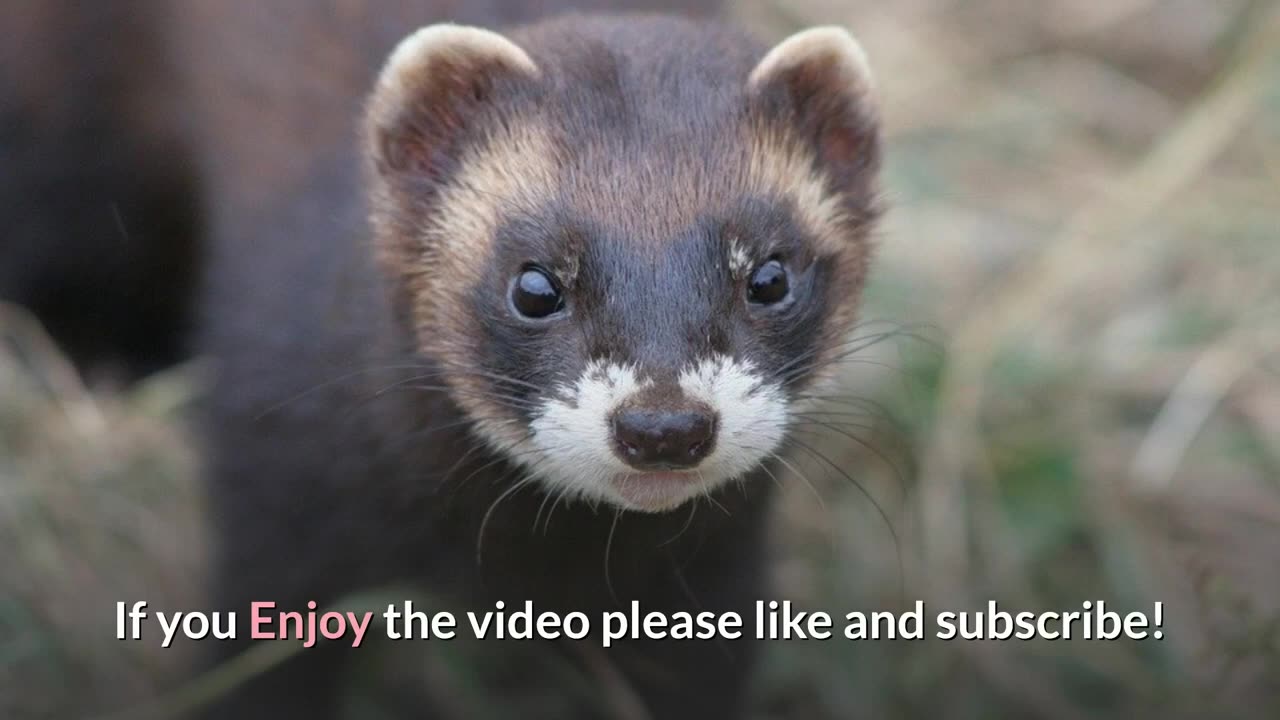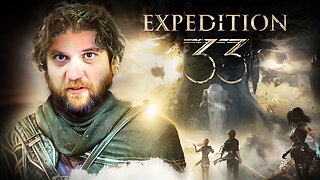Premium Only Content

European Polecat || Description, Characteristics and Facts!
The European polecat, scientifically known as Mustela putorius, is a fascinating mammal belonging to the Mustelidae family, which also includes weasels, otters, and badgers. Here's a snapshot of its description, characteristics, and some interesting facts:
Description:
The European polecat has a slender body, short legs, and a long, bushy tail. Its fur is typically brown with a black mask-like marking across its eyes, similar to that of a raccoon. Their coats can vary in color, ranging from dark brown to almost white. They have a pointed snout and sharp teeth, ideal for capturing prey.
Characteristics:
Habitat: European polecats inhabit a variety of habitats, including forests, grasslands, and farmland.
Diet: They are carnivorous predators, preying on small mammals, birds, reptiles, and insects.
Nocturnal Behavior: Polecats are primarily nocturnal, hunting and foraging under the cover of darkness.
Solitary Creatures: They are mostly solitary animals, only coming together during the breeding season.
Scent Marking: Polecats use scent marking to establish territories and communicate with other polecats.
Adaptability: They are highly adaptable animals, able to thrive in diverse environments.
Facts:
Despite their name, European polecats are not actually closely related to cats but are part of the weasel family.
They are skilled hunters and play an important role in controlling rodent populations.
European polecats were once heavily persecuted due to their reputation as poultry raiders but are now protected in many European countries.
They have a distinctive musky odor, which they use for communication and defense against predators.
Polecats have a playful nature, often engaging in mock fights and chasing games.
#EuropeanPolecat #Mustelidae #Carnivore #NocturnalPredator #WildlifeConservation #Biodiversity
-
 2:02:41
2:02:41
Inverted World Live
5 hours agoNASA Engineer Says Trillions of Shape-Shifting, Cloaked Devices are Hidden on Earth| Ep. 83
22.4K8 -
 3:12:37
3:12:37
TimcastIRL
6 hours agoGOP Councilman DOUSED IN GAS, Set ON FIRE In Virginia, Suspect In Custody | Timcast IRL
227K78 -
 2:32:23
2:32:23
The Quartering
5 hours agoOn To The Big Bosses! Act 2 Of Expedition 33
50.8K4 -
 LIVE
LIVE
SpartakusLIVE
7 hours agoTiger Blood RESTOCKED and 30% off w/ code SPARTAKUS30
491 watching -
 24:58
24:58
Law&Crime
8 hours ago $1.60 earnedSecond Note Leaves Disturbing Clues in New York City Killings
28.3K9 -
 1:36:57
1:36:57
Badlands Media
23 hours agoAltered State S3 Ep. 39: Earthquakes, Energy Games & the Fall of the Narrative
62.8K13 -
 2:04:07
2:04:07
Due Dissidence
13 hours agoCharlie Kirk's GAZA LIES, Caitlin Clark Stalker, Palantir Goes Hollywood - w/ Kyle Matovcik | TMWS
33.3K8 -
 2:54:43
2:54:43
I_Came_With_Fire_Podcast
14 hours agoAmerica First, Trump Threatens China, Your Friendly Neighborhood Illegal, EPA Gets a "W"
34.1K7 -
 LIVE
LIVE
Geeks + Gamers
4 hours agoGeeks+Gamers Play- MARIO KART WORLD
142 watching -
 8:28:19
8:28:19
Dr Disrespect
14 hours ago🔴LIVE - DR DISRESPECT - BATTLEFIELD 1 - FULL GAME
168K7